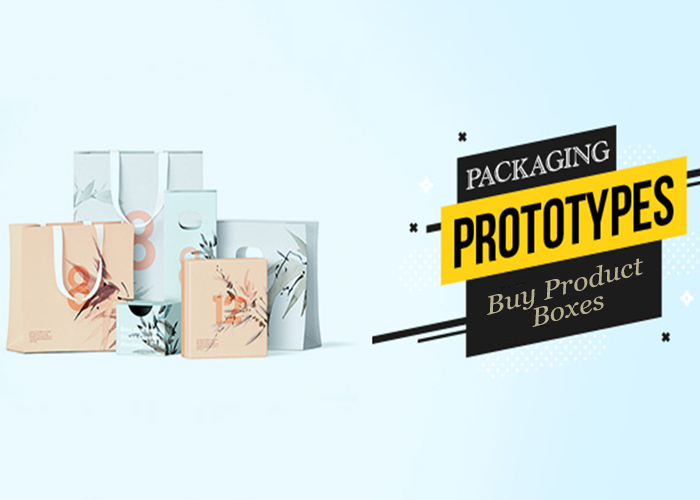Introduction
Before going into mass production, every packaging project needs a prototype. A prototype allows you to test structure, material, and printing quality before committing to thousands of units. In today’s competitive market, where unboxing and branding are key, packaging prototypes minimize risk and maximize customer satisfaction.
Let’s break down the most common types of packaging prototypes available in the industry.
1. Digital Mockups
- What they are: 2D or 3D renders of your packaging design.
- Use case: Early-stage design approvals and presentations.
- Pros: Cost-free or low-cost, instant visualization.
- Cons: Doesn’t represent the feel or durability of the packaging.
2. White Sample (Structural Prototype)
- What it is: A plain, unprinted version of the box using your chosen material.
- Use case: Check size, structure, and functionality before designing.
- Pros: Ensures fit and durability; prevents sizing errors.
- Cons: Lacks branding, so doesn’t show final aesthetics.
3. Printed Prototype (Digital Sample)
- What it is: A digitally printed version of your design on the chosen substrate.
- Use case: Evaluate colors, branding, and layout before scaling.
- Pros: Great for client approval or stakeholder presentations.
- Cons: May not replicate exact offset results (if scaling up).
4. Press Proof (Offset Prototype)
- What it is: Produced using the actual offset press setup.
- Use case: Perfect for confirming Pantone colors, coatings, and finishes.
- Pros: Closest match to final production run.
- Cons: Higher cost; not practical for small projects.
5. Sales Sample
- What it is: A fully finished, production-quality box.
- Use case: Marketing presentations, photography, or sales pitches.
- Pros: Looks identical to the mass-produced version.
- Cons: Time and cost intensive.
Why Prototypes Matter
- Avoid costly mistakes in die-line sizing or structure.
- Align stakeholders with a tangible sample.
- Test customer reactions before scaling.
- Validate packaging performance in shipping and storage.
Choosing the Right Prototype
- Startups → Digital mockups or white samples to keep costs low.
- Retail brands → Printed prototypes for accurate branding checks.
- High-volume orders → Press proofs to guarantee color and finish.
Conclusion
Prototyping is a non-negotiable step in professional packaging. From structural validation to print quality checks, prototypes ensure your packaging investment pays off.
👉 At Buy Boxes Now, we offer custom prototypes for mailer boxes, tuck end cartons, sleeve packaging, and corrugated inserts. Start risk-free with a prototype before going full scale.

Share